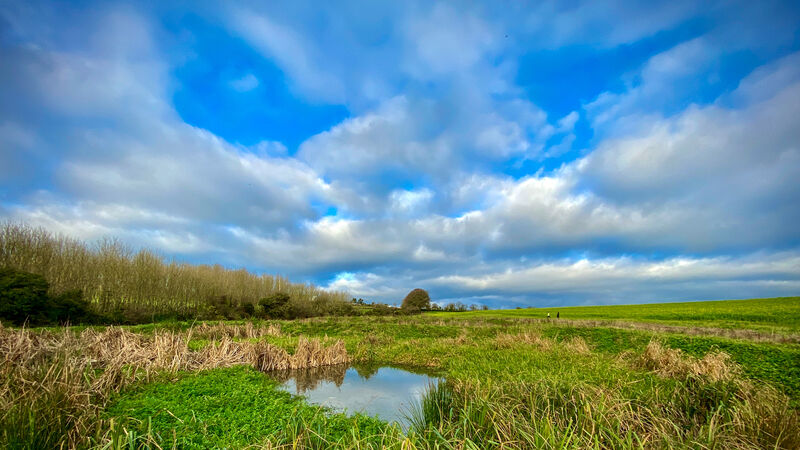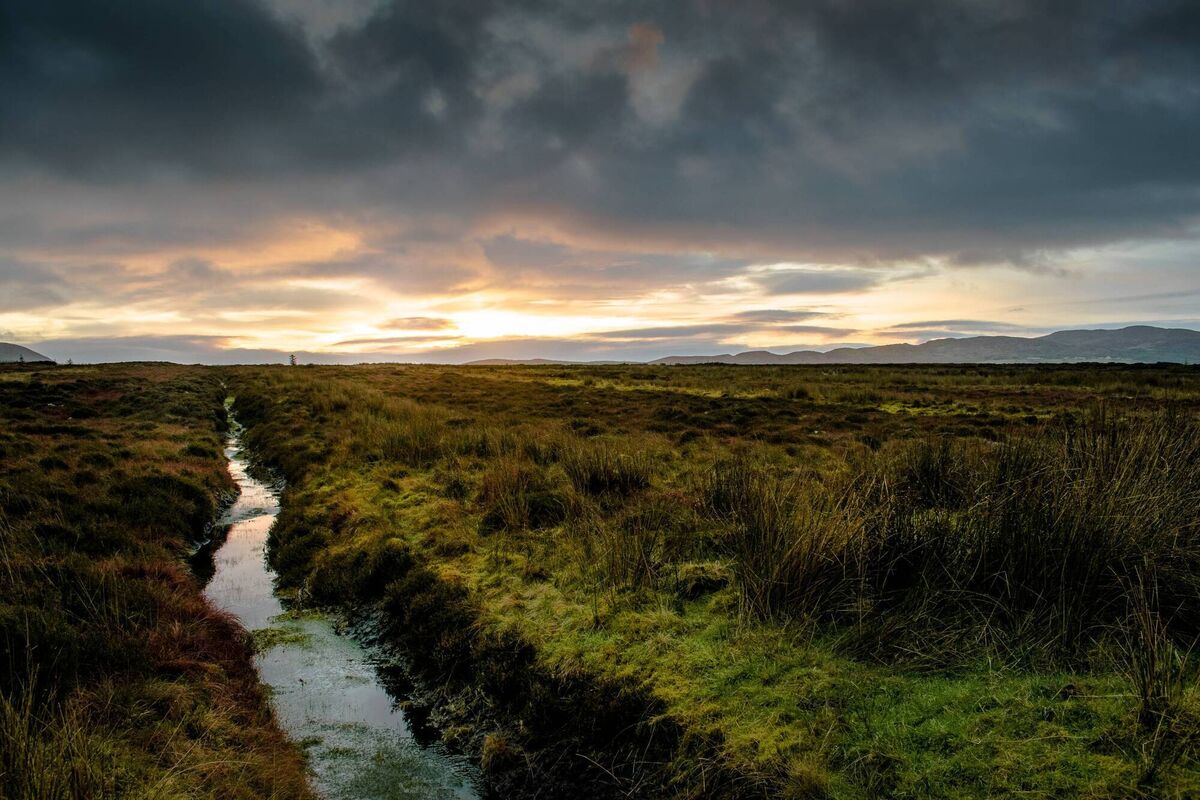Anja Murray: Much-needed nature restoration gets a legal basis

When we stop actively doing harm and implement well-designed interventions, many wild species and habitats can bounce back. Picture: Neil Michael
Each week, this column documents some of the wondrous plants and animals that we share this island with, and the trials and tribulations they face as a result of having us, 21st-century humans, as fellow residents and neighbours. In the past 50 years in particular, we have made life near impossible for some of these most cherished wild fish, bumblebees, butterflies, birds, and mammals.
Many of the losses suffered by our wild kin are a direct result of activities such as wetland drainage, water pollution, overgrazing, burning, expansion of conifer plantations and clear-fell forestry, infrastructural development, peat extraction, and increased capacity of the fishing fleet. Much of the damage, however, is reversible. When we stop actively doing harm and implement well-designed interventions, many wild species and habitats can bounce back.
Rivers are a prime example. River restoration involves stabilising river banks from erosion by establishing willow to bind soil. Once dredging ceases, the stony substrates that salmon and trout need to spawn in can be engineered back into place. Easing the influx of nutrients from excessive fertiliser use allows aquatic invertebrates to recover, along with all the creatures further up the food chain who depend on them for sustenance.
Peatlands that have been industrially mined out will never recover as functioning ecosystems, though many peat bogs can be and are being restored through drain blocking and active re-wetting. Peatlands that have been drained for agricultural use can be restored too, reversing the emissions greenhouse gasses that they release and re-instating their function in flood alleviation too.
Overhauling current management approaches to forestry will help to reverse the ongoing damage to ecosystems that they inflict and open up massive benefits for nature, water quality, and climate. Native woodlands too are in need of some major love and attention. Currently just over 1% of Ireland's land area is covered in native woodland, a truly shameful scenario.
CLIMATE & SUSTAINABILITY HUB
It is hugely welcome, therefore, to see such an upwelling of enthusiasm for nature restoration.
Here in Ireland, pioneering communities across the country are getting involved in projects to restore rivers, wetlands, bogs and woodlands. More than 14 ‘rivers trusts’ across the island of Ireland are doing stellar work bringing together anglers, farmers, ecologists, local authorities and other stakeholders to reinstate the habitats for salmon, eels, dippers, otter, kingfisher, and more. More than a dozen communities across Ireland are initiating wetland restoration, many of them working with the support of the Community Wetland Forum. Several State-led peatland restoration projects are rehabilitating and rewetting peat bogs too and already witnessing impressive results.

Now all of these restoration projects will be watched closely as nature restoration is given a legal basis. Soon, each country in the EU will be required to roll out restoration initiatives on 20% of land and sea under the forthcoming Nature Restoration Law.
The law will apply across the entirety of the EU and will include legally binding restoration targets for ecosystems including rivers, peatlands, forests and marine habitats. For rivers, restoration requirements will include the removal of barriers to fish migration and re-connecting rivers with their natural floodplains. Rewetting peatlands that have been converted to agricultural land will also be part of the restoration targets.
Conservation laws have been in place for decades — most notably the Birds Directive, the Habitats Directive, and the Water Framework Directive. The success of these has been limited by sloppy implementation, poor communications, inadequate resourcing, and significant resistance from many sectors. Across much of rural Ireland, the restrictions placed on some landowners, without adequate financial incentives or support, has resulted in a wholly negative attitude toward conservation.
The Nature Restoration Law is an opportunity to not only reverse some of the mistakes of the past, through providing proper finance to landowners who engage in habitat restoration, but is also a more pro-active attempt to transform degraded ecosystems across Europe. The benefits are manifold.
If measures stemming from this new law are well-designed and implemented, some of the species currently hurtling toward extinction will be given a decent chance to recover. Some of the 30 or so species of native wild bee that today are suffering alarming declines in Ireland might have a chance of survival. Iconic and once-common birds such as curlew, lapwing, redshank, and snipe may still be a feature of the Irish landscape in 20 years’ time. Cherished wild salmon and eel could re-establish healthy populations in rivers. With marine measures, incredible seabirds, cetaceans, fish stocks, and intriguing angel sharks will be given a decent chance at recovery too.
There are benefits for food security too. Because healthy ecosystems play a key role in supporting long-term food security, the current trajectories of biodiversity loss and accelerating climate change are recognised as the biggest threats to food security, both in Ireland and across the world.
Many natural ecosystems are our best allies in both climate change mitigation and adaptation. For example, peat soils store carbon but when drained, this function is reversed and they add to greenhouse gas emissions. Healthy ecosystems will be crucial in helping us to adapt to some of the impacts of climate change. For example, wetlands and semi-natural woodlands help attenuate flooding throughout many of our catchments, and the restoration of floodplain wetlands as required in this law will also do much in this regard. These are key considerations in the wake of the IPCC latest report informing us that many climate-related risks are even higher than previously assessed and the world set to exceed 1.5°C of warming, even under a low emissions scenario.
The Nature Restoration Law has the potential to rehabilitate a healthy natural environment — our most essential resource. But to work, it must be properly financed. When landowners are offered meaningful incentives, action will follow. Rather than resist this much-needed opportunity, as the Irish Government is currently doing we must all insist that we all seize this chance to restore nature across the EU. As with climate change, the costs of prolonged inaction far outweigh the costs of investment now.
- Anja Murray’s new book, , is available now. Follow Anja on twitter @miseanja





